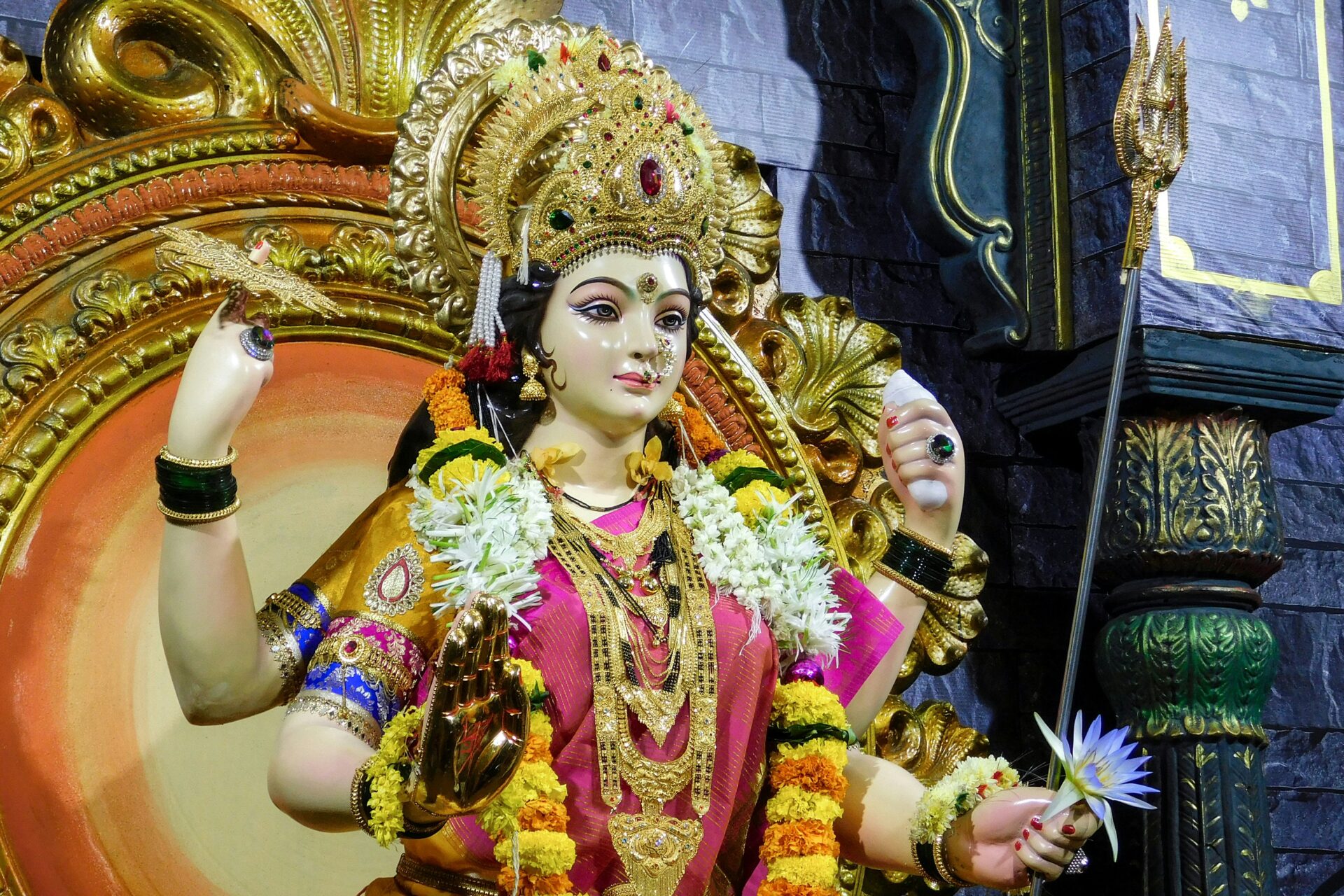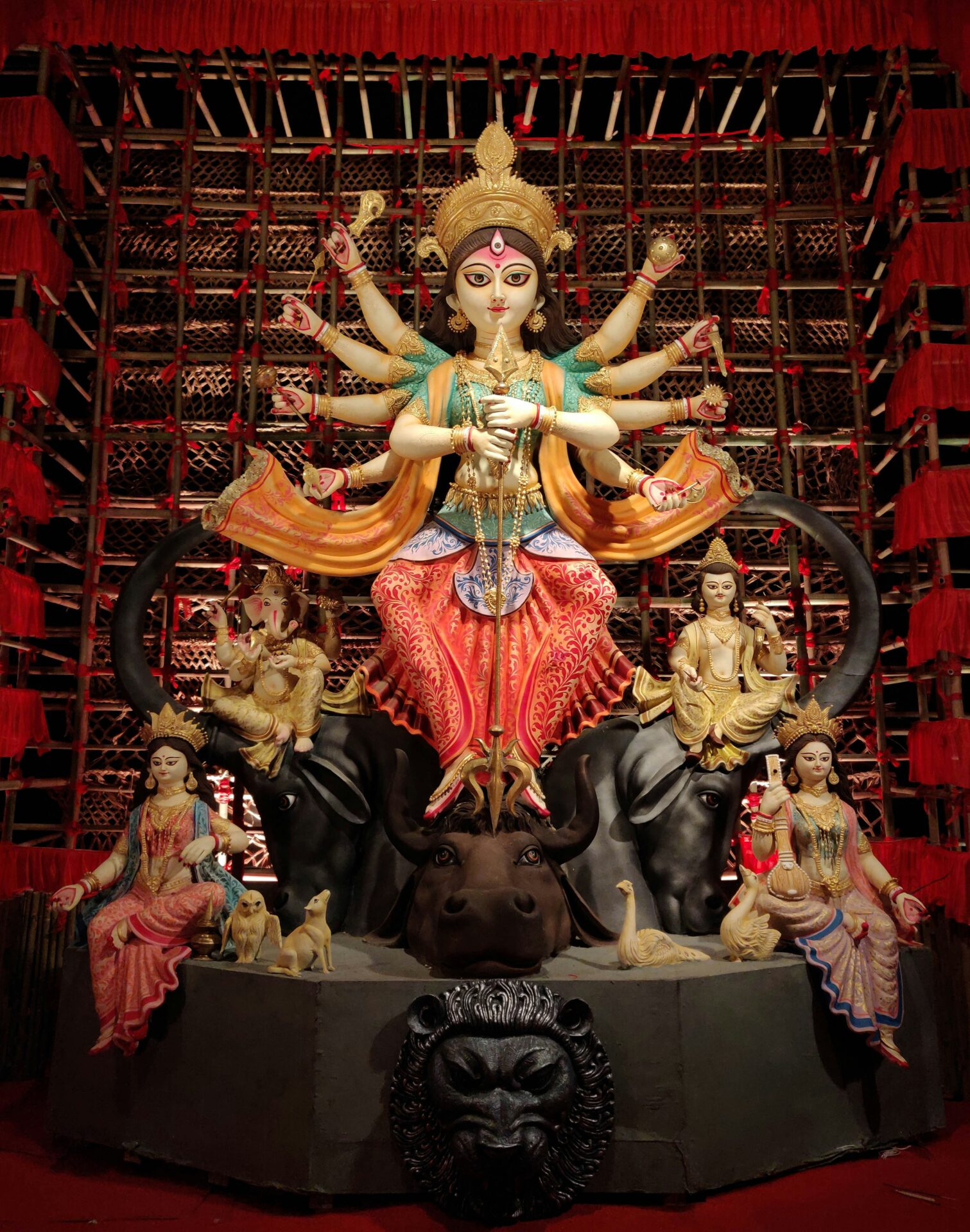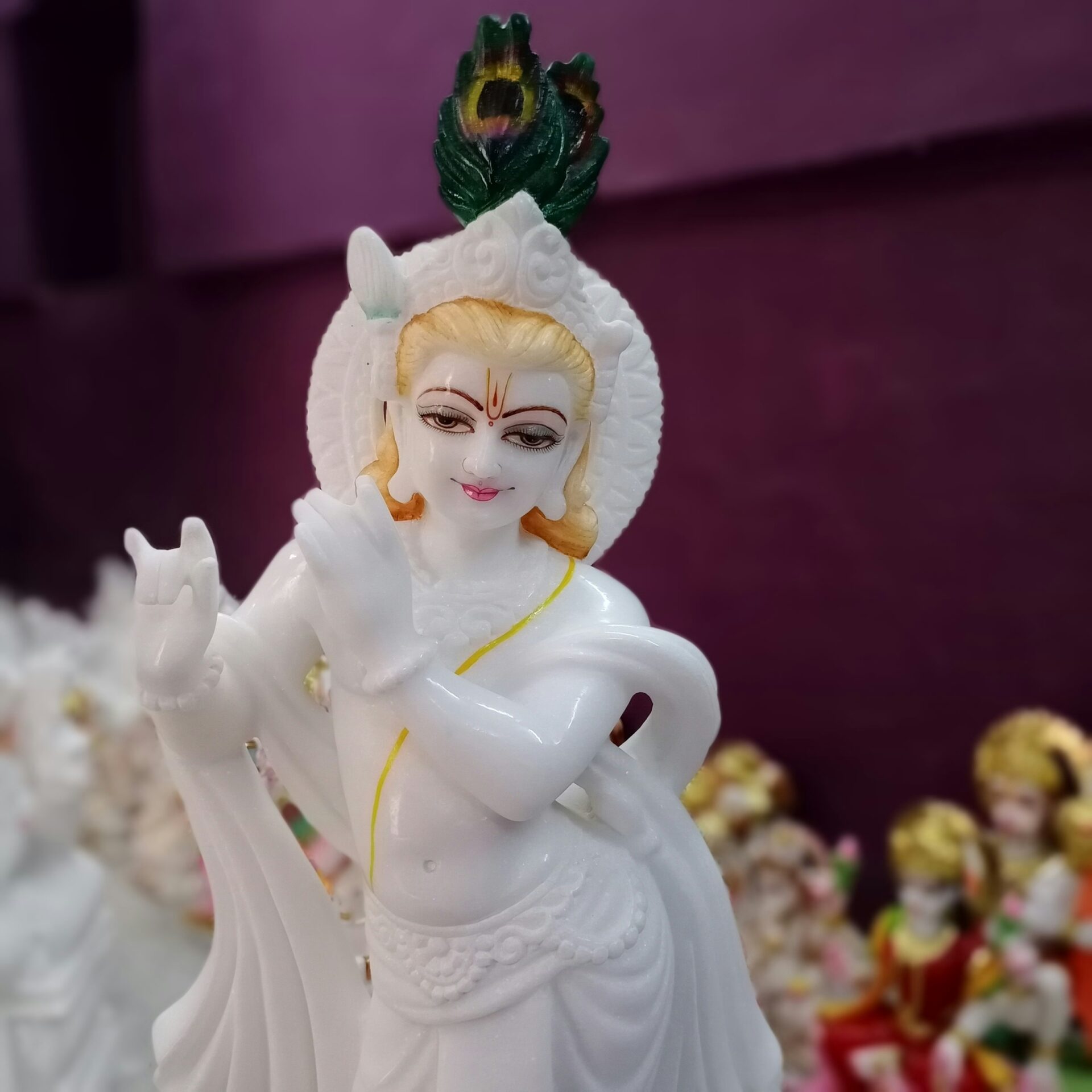In this fascinating article, we explore the intriguing transformation of Parvati into the revered deities Gouri and Shakti. Unraveling the mystical journey of Parvati, we delve into the captivating stories and ancient scriptures that shed light on the origins and significance of these powerful goddesses. Discover the enchanting legends and the divine qualities that define Gouri and Shakti, as we uncover the fascinating metamorphosis of Parvati into these revered forms. Get ready for a mesmerizing glimpse into the divine realm as we embark on a journey through Indian mythology and uncover the secrets behind Parvati’s transformation into Gouri and Shakti.
Table of Contents
Origin of Parvati
The Birth of Parvati
In the rich tapestry of Hindu mythology, the story of Parvati’s birth holds a special place. According to ancient scriptures, Parvati was born as the daughter of King Himavan and Queen Mena. She was a celestial beauty with a charming personality and innate grace, a perfect blend of divine qualities that captured the hearts of gods and mortals alike.
Her Upbringing and Marriage to Shiva
As Parvati grew up under the loving care of her parents, she had a deep longing to unite with Lord Shiva, the supreme god of destruction and transformation. Determined to win his heart, Parvati embarked on intense penance and self-discipline. Her devotion and unwavering determination eventually caught the attention of Shiva, who recognized her as his true beloved.
Their union symbolizes the perfect balance between the masculine and feminine energies, the union of which leads to profound spiritual realization. Their marriage not only represents the sacred bond between husband and wife but also symbolizes the divine marriage of the individual soul with the universal consciousness.
Parvati’s Connection with Gouri and Shakti
Parvati, in her journey of self-realization and spiritual growth, evolved into two distinct divine forms – Gouri and Shakti. Gouri represents her pristine purity, while Shakti embodies her cosmic energy and power. These forms are inseparable, each complementing the other and completing the divine essence of Parvati.
The Evolution of Parvati into Gouri and Shakti
Parvati’s Transformation into Gouri
Parvati’s transformation into Gouri signifies her embodiment of purity and innocence. Gouri is an epitome of serenity, grace, and beauty, radiating an aura of divine tranquility. As Gouri, Parvati represents the ideal image of a devoted wife and a nurturing mother, embracing the values of love, compassion, and selflessness. She stands as a beacon of purity and righteousness, inspiring her devotees to lead a virtuous life.
Parvati’s Transformation into Shakti
Parvati’s transformation into Shakti represents her awakening to the primordial cosmic energy that flows through all living beings. Shakti symbolizes the divine feminine power that gives birth to, nourishes, and sustains the universe. As Shakti, Parvati embraces her dynamic and fierce nature, channeling her energy towards protection and creation. She is revered as the embodiment of strength, courage, and determination, inspiring her devotees to embrace their own innate power.
The Significance of the Transformations
The transformations of Parvati into Gouri and Shakti emphasize the multifaceted nature of Divinity, reflecting the different aspects of femininity and spirituality. Gouri represents the softer, nurturing qualities, promoting love, purity, and devotion. Shakti, on the other hand, embodies the fierce and powerful aspects, encouraging empowerment, transformation, and self-realization. Together, they remind us of the power of balance and harmony in our spiritual growth.

Gouri and Shakti: Forms and Attributes
Attributes and Appearance of Gouri
Gouri is often depicted as a radiant goddess, adorned with pristine white garments and adorned with flowers. Her fair complexion represents her purity and innocence, while her gentle smile exudes compassion and unconditional love. Gouri often holds symbols of fertility and motherhood, such as a lotus and a pot filled with holy water, acknowledging her role as the divine mother and nurturer.
Attributes and Appearance of Shakti
Shakti is depicted in various forms, each exuding fierce energy and power. She is often portrayed with multiple arms, wielding weapons that signify her ability to destroy ignorance, ego, and negativity. Shakti’s form is dynamic and ever-changing, symbolizing the transformative nature of life itself. Her appearance is often accompanied by a fierce expression, reminding us of the strength and determination required to overcome obstacles.
The Symbolism Behind Each Form
Gouri’s form represents purity, love, and devotion, reminding us to embody these qualities in our own lives. Her appearance serves as a visual reminder of the importance of maintaining a pure heart and mind, free from negative emotions and intentions.
Shakti embodies the dynamic and creative aspects of the cosmos. Her form signifies the power within us to manifest our desires, overcome adversity, and shape our own destinies. Shakti inspires us to embrace our inner strength, to tap into our limitless potential, and to recognize the divinity within ourselves.
Gouri: The Embodiment of Purity and Fertility
Gouri as the Goddess of Purity
Gouri’s association with purity goes beyond physical cleanliness to encompass purity of thought, intention, and action. She reminds us to cultivate a pure heart, free from malice and selfishness, and to act selflessly for the benefit of all beings. Gouri’s purity also extends to the realm of spirituality, urging us to purify our minds and seek spiritual growth and enlightenment.
Gouri’s Association with Fertility and Motherhood
Gouri symbolizes fertility and motherhood, celebrating the ability of women to give birth and nurture life. She is often revered as the divine mother, embodying the nurturing qualities of love, compassion, and care. Devotees seek her blessings for fertility, safe childbirth, and the overall wellbeing of their children. Gouri’s association with motherhood reminds us of the sacredness of this role and the immense power of a mother’s love.
Rituals and Festivals Related to Gouri
Devotees of Gouri celebrate her divine presence through various rituals and festivals. One such prominent celebration is the festival of Hartalika Teej, dedicated to honoring Gouri’s bond with Lord Shiva. Women fast, pray, and adorn themselves with traditional finery, seeking Gouri’s blessings for marital bliss, fertility, and harmony in their relationships. These rituals and festivals serve as a way to connect with the divine feminine energy and invoke Gouri’s grace and blessings.

Shakti: The Divine Feminine Energy
What is Shakti?
Shakti is the divine feminine energy that encompasses the creative and transformative powers of the universe. She is the force that brings life into existence, sustains it, and eventually dissolves it to create anew. Shakti represents the inherent power within every living being and serves as a reminder of the boundless potential we possess to manifest our desires and shape our lives.
Shakti as the Primordial Cosmic Energy
Shakti is recognized as the primordial cosmic energy, the driving force behind the continuous cycle of creation, preservation, and dissolution. She is the divine spark that infuses life into every aspect of existence and animates the universe. Shakti’s energy is dynamic, ever-flowing, and infinite, transcending all boundaries and limitations.
The Different Forms and Manifestations of Shakti
Shakti manifests in various forms, each representing a different aspect of her power and energy. Some of the prominent forms of Shakti include Durga, Kali, Saraswati, and Lakshmi, each embodying unique qualities and attributes. These forms of Shakti symbolize her ability to protect, destroy ignorance, bestow knowledge, grant abundance, and fulfill the diverse needs and aspirations of her devotees.
The Connection Between Gouri and Shakti
The Underlying Unity of Gouri and Shakti
While Gouri and Shakti represent different facets of the divine feminine energy, they are ultimately inseparable and interconnected. Gouri embodies the qualities of purity, love, and devotion, while Shakti embodies the fierce and powerful aspects of the cosmic energy. Together, they form an integral part of Parvati’s essence, symbolizing the union of opposing forces and the harmony between different aspects of our existence.
Parallel Roles and Interconnectedness
Gouri and Shakti exist in parallel, fulfilling distinct roles and yet deeply interconnected. Gouri represents the soft, nurturing, and compassionate qualities, while Shakti represents the dynamic, transformative, and empowering aspects. Their symbiotic relationship reminds us of the interplay between light and darkness, gentleness and strength, creation and destruction.
Devotion and Worship of Gouri-Shakti
Devotees seek the blessings of Gouri-Shakti for various reasons – be it for purity, fertility, empowerment, protection, or spiritual enlightenment. Through devotion and worship, they recognize the divine feminine within themselves and strive to embody the qualities of love, purity, strength, and compassion in their daily lives. Gouri-Shakti’s worship serves as a constant reminder of the divinity within us and our interconnectedness with the cosmic energy.

Mythological Stories and Legends
The Story of Parvati’s Dual Transformation
The story of Parvati’s dual transformation into Gouri and Shakti has been immortalized in numerous mythological tales. One such popular tale revolves around Parvati’s penance and self-discipline, which ultimately led to her union with Lord Shiva. Another legendary story tells of Parvati assuming the form of Gouri to seek her father’s blessings to win Lord Shiva’s hand in marriage. These stories not only showcase Parvati’s relentless devotion but also highlight the significance of Gouri and Shakti in her divine journey.
Episodes and Myths Associated with Gouri
Gouri’s presence can be found in various mythological episodes and legends. One such famous episode portrays her devotion and love for Lord Shiva, where she undertakes rigorous penance to overcome obstacles and win his heart. Gouri’s unwavering faith and dedication inspire her devotees to seek spiritual growth and overcome challenges with grace.
Episodes and Myths Associated with Shakti
Shakti’s numerous appearances and accomplishments are woven into the fabric of Hindu mythology. From her fierce battles against demons to her emergence as different goddess forms, each episode signifies the triumph of good over evil and the awaking of divine feminine power. Shakti’s stories remind us of our own innate strength and encourage us to rise above adversities.
Devotees and Worship
Devotees of Gouri and Shakti
Devotees of Gouri and Shakti come from diverse backgrounds, united in their reverence for the divine feminine energy. Women seek Gouri’s blessings for marital bliss and fertility, while men seek her guidance for prosperity and strength. Shakti’s worship attracts devotees seeking empowerment, protection, and spiritual enlightenment. Devotees embrace various rituals, prayers, and meditation practices to connect with the divine and seek the grace of Gouri-Shakti.
Significance of Worshiping Gouri and Shakti
Worshiping Gouri and Shakti holds great significance in Hindu culture. It is believed that their blessings bring harmony, abundance, and spiritual growth into one’s life. By seeking their grace, devotees aspire to cultivate qualities such as love, purity, strength, compassion, and wisdom in themselves. The worship of Gouri and Shakti serves as a reminder of the inherent divinity within all beings and the potential to achieve spiritual enlightenment.
Popular Temples Devoted to Gouri and Shakti
Throughout India, numerous temples are dedicated to Gouri and Shakti, attracting devotees from far and wide. The Kamakhya Temple in Assam, the Vaishno Devi Temple in Jammu and Kashmir, and the Chamundeshwari Temple in Karnataka are just a few examples of sacred spaces where Gouri and Shakti are worshiped fervently. These temples serve as focal points for devotees to express their devotion, seek blessings, and immerse themselves in the divine energy of Gouri and Shakti.
Celebrations and Festivals
Festivals Dedicated to Gouri and Shakti
Festivals dedicated to Gouri and Shakti are celebrated with great fervor and enthusiasm across different regions of India. Navratri, Durga Puja, and Kali Puja are some notable festivals that honor the divine feminine energy in its various forms. These festivals are marked by elaborate rituals, processions, music, dance, and vibrant decorations, creating an atmosphere of joy and spiritual devotion.
Rituals and Customs Followed During Celebrations
During Gouri and Shakti festivals, devotees engage in various customs and practices to honor and invoke their divine presence. These include fasting, offering prayers, singing devotional songs, reciting sacred texts, participating in processions, and performing religious dances. These rituals and customs serve as a means to connect with the divine, purify the mind, and foster a deep sense of devotion and spiritual communion.
The Spiritual Significance of These Festivals
The celebrations and festivals dedicated to Gouri and Shakti hold deep spiritual significance. They provide an opportunity for devotees to immerse themselves in the divine energy, seeking blessings for spiritual growth, protection, and overall wellbeing. These festivals not only serve as a social and cultural event but also act as a powerful catalyst for personal transformation and a reminder of the all-pervading presence of Gouri-Shakti.
Contemporary Relevance and Influence
Gouri and Shakti’s Role in Contemporary Culture
Gouri and Shakti continue to hold great significance in contemporary culture, transcending religious and cultural boundaries. Their divine characteristics of purity, strength, compassion, and empowerment resonate with people seeking spiritual growth, inner awakening, and a deeper connection with the divine feminine energy. The teachings and symbolism associated with Gouri and Shakti continue to inspire individuals to embrace their own inherent power and strive for personal and collective transformation.
Feminine Empowerment and Spiritual Enlightenment
The worship of Gouri and Shakti stands as a powerful symbol of feminine empowerment and spiritual enlightenment. Their divine forms and attributes inspire women and men alike to acknowledge, honor, and celebrate the inherent strength and divinity of the feminine energy. Through their devotion and teachings, Gouri and Shakti encourage individuals to embrace their true selves, transcend societal limitations, and contribute to the upliftment of society.
Gouri and Shakti in Art and Literature
The influence of Gouri and Shakti can be seen in various art forms, including paintings, sculptures, dance, and music. Artists depict their forms and attributes, capturing the essence of their divinity and inspiring viewers to connect with their energy. Similarly, poets, authors, and philosophers have drawn inspiration from Gouri and Shakti’s stories and symbolism, exploring themes of love, spirituality, empowerment, and transformation.
In conclusion, the story of Parvati’s transformation into Gouri and Shakti holds profound spiritual insights and teachings. Gouri represents purity, love, and fertility, while Shakti embodies dynamism, power, and transformation. Together, they remind us of the inherent divinity present within ourselves and the boundless potential we possess to create and evolve. The worship of Gouri and Shakti continues to resonate with devotees, inspiring them to lead virtuous lives, seek spiritual growth, and embrace their own innate power. Their teachings, rituals, and festivals serve as a vibrant tapestry connecting individuals with the cosmic energy and fostering a deeper connection with the divine feminine energy within.